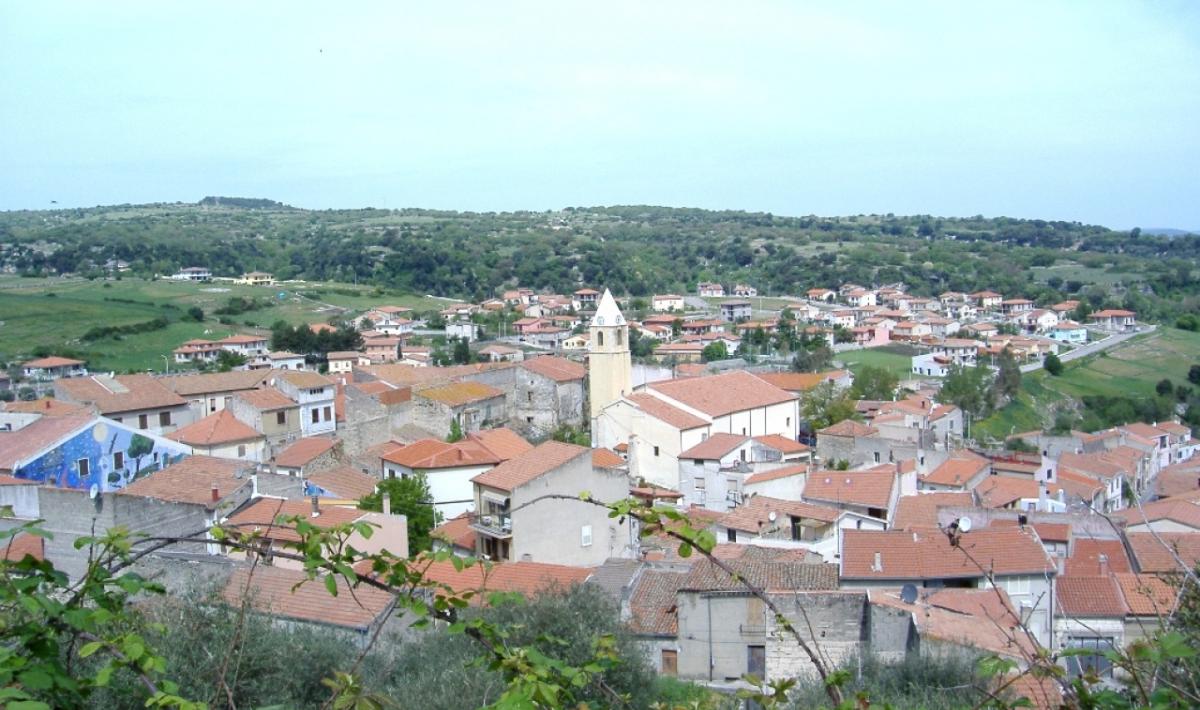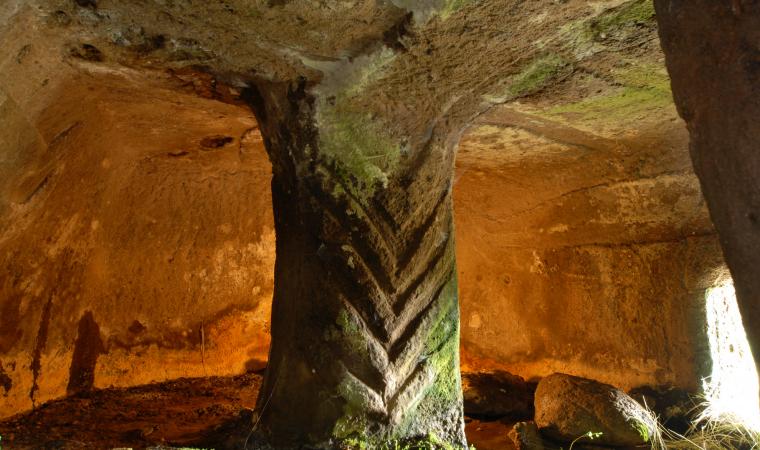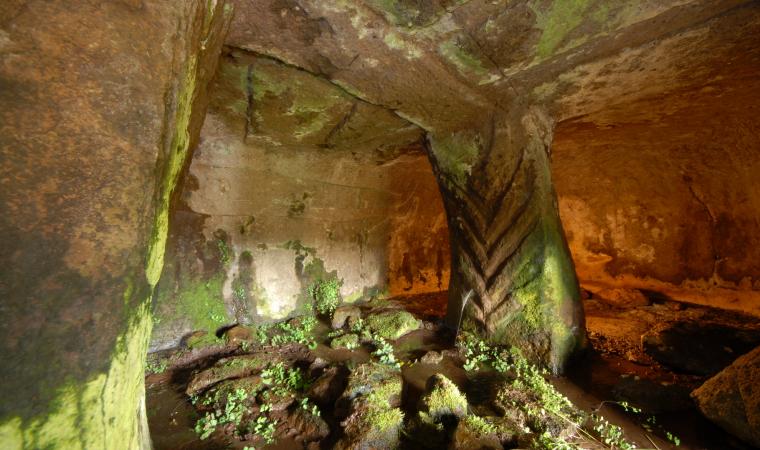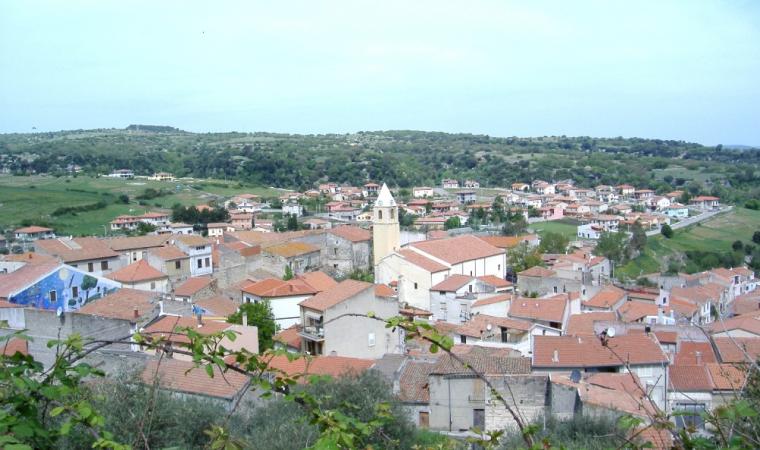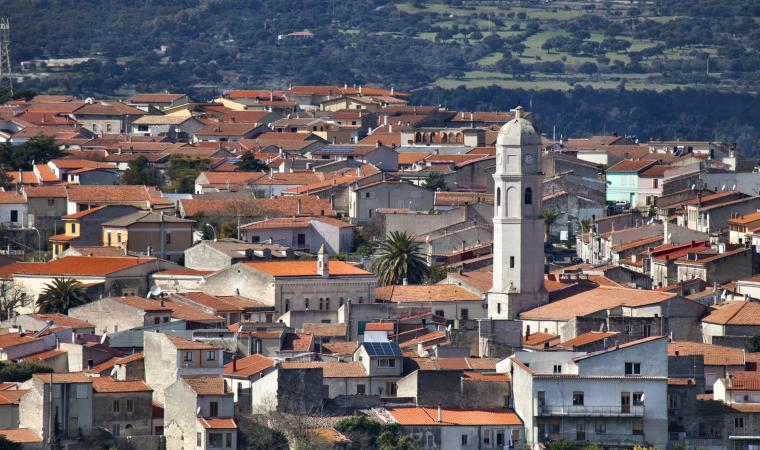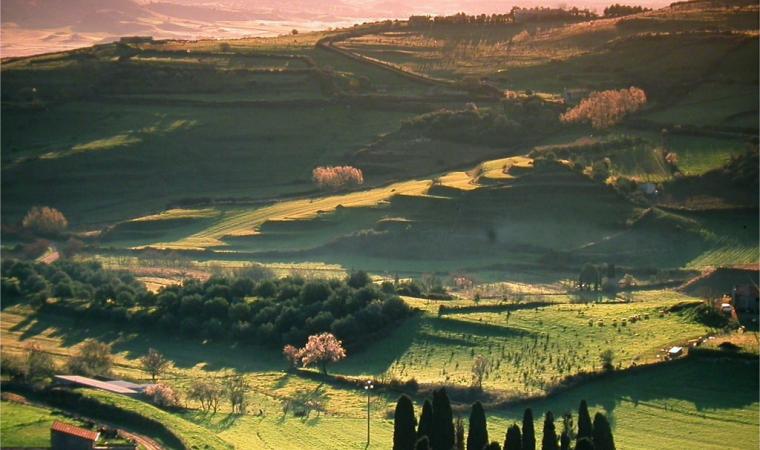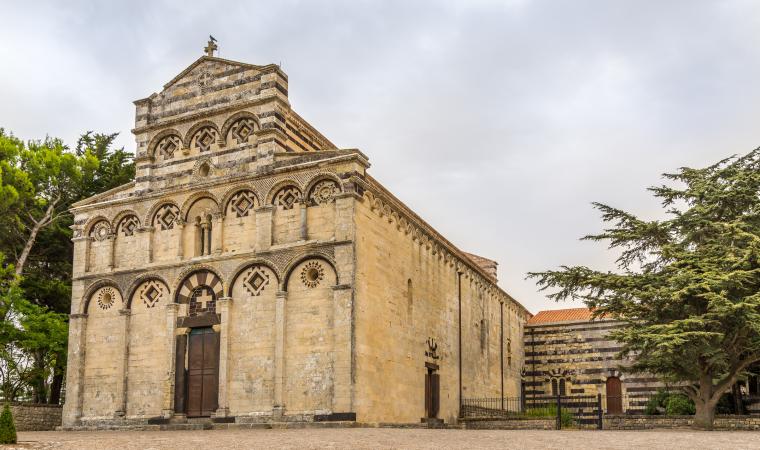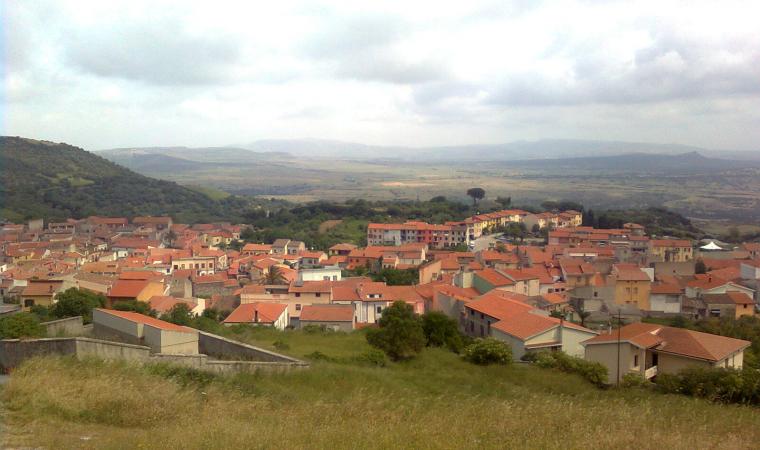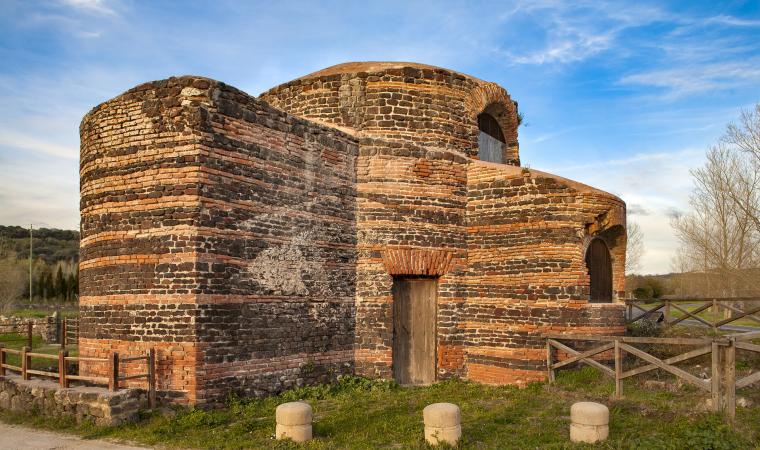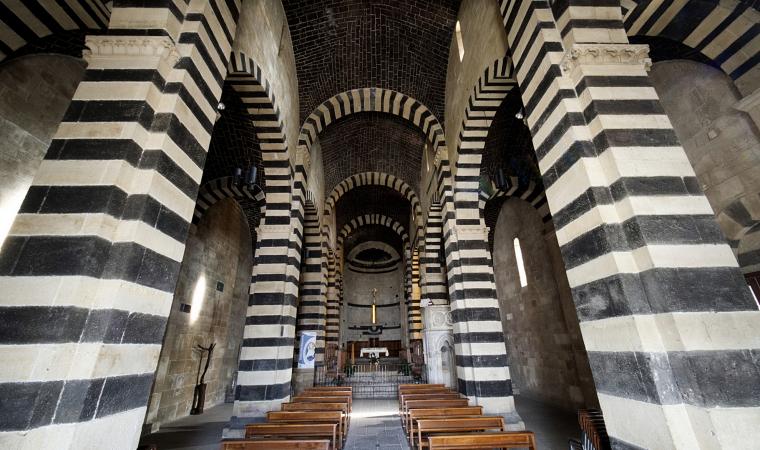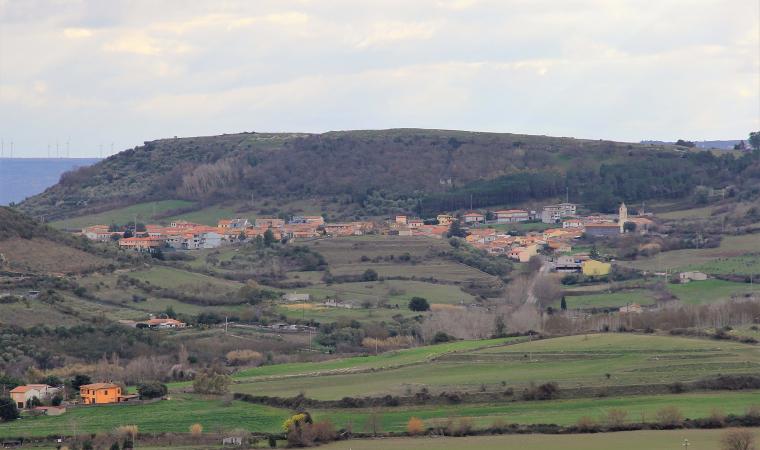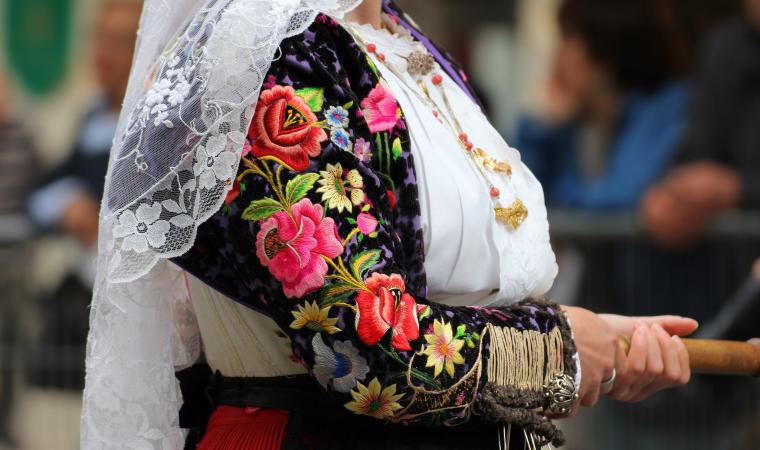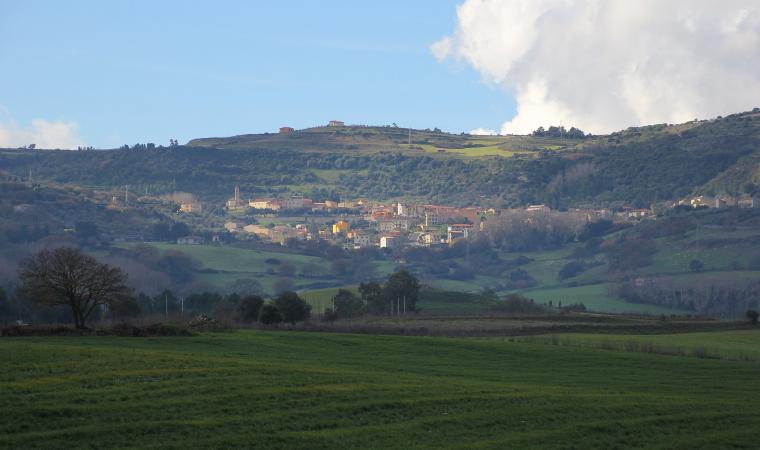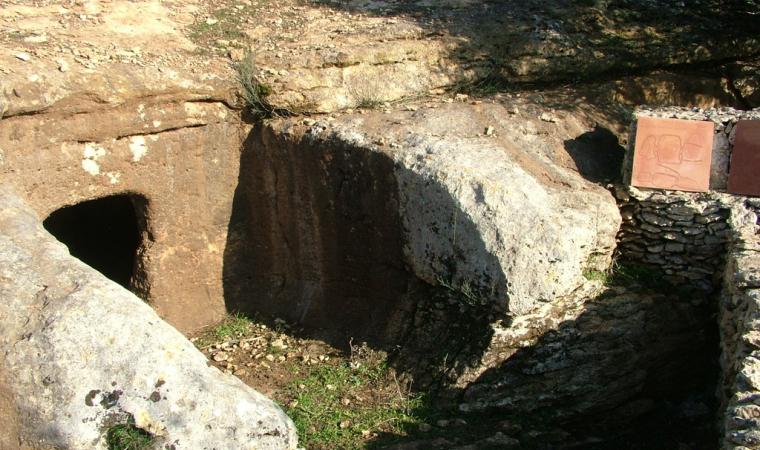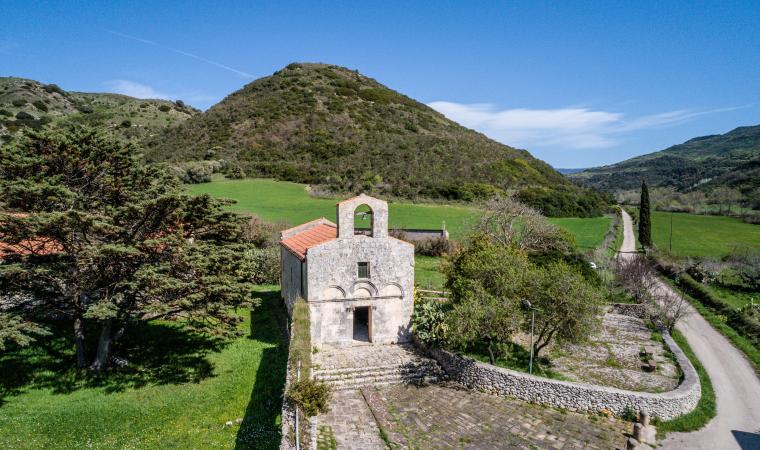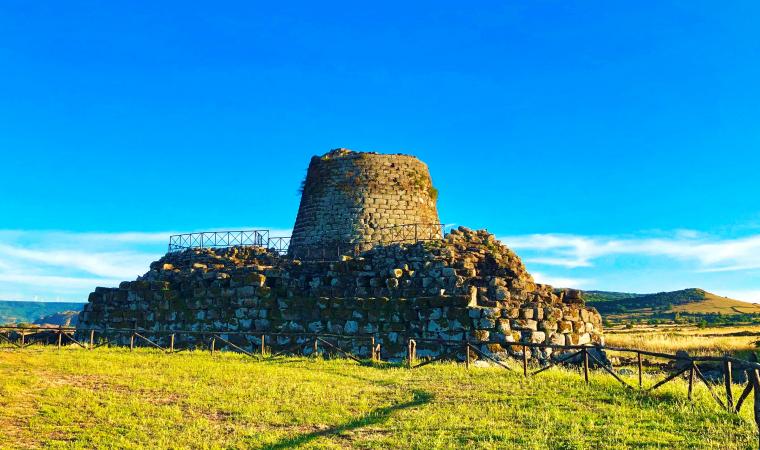The village is part of Meilogu, a sub-region of Logudoro, around thirty kilometres from Sassari, that spreads out in a valley at the feet of Mount Pelao. Bessude has a population of around 400 and is set in suggestive, untouched natural surroundings, rich in water courses, fruit trees and fields of flowers. Around the village you can admire an enchanting panorama: on one side, the hills, the Forest of Littu, the olive groves of su Monte and the poplars of Pojos; on the other are the oaks of sa Silva and the Pumàri e Badde valley.
The village itself is crossed by two mountain streams, one with a bridge built in the 1950s. It offers some characteristic views: the modern day historical centre is of medieval origin (13th century circa) and includes ancient houses with decorated, arched architraves bearing witness to the Spanish influence. The village is also made picturesque by the murales painted on the facades of some of the buildings.
There are three churches, of great architectural value. In the highest point is the parish church of San Martino, in Gothic style, dating back to the early 17th century, composed of a central nave and a series of side chapels. Inside is an ancient statue of the virgin. The patron saint is celebrated in mid-November. Older still is the elegant Church of San Leonardo, ex-parish church, and an important example of late-Gothic architecture. It has a gabled facade with a bell-gable and a buttressed apse. Inside, you can admire the original Gothic cross-vaulting. At the entrance to the hamlet is the Church of Santa Croce, restored and used for exhibitions and cultural events, in the Santa Maria della Natività area, known as Senora de Runaghes, celebrated in late August. Another unmissable event is the de sos ciciones e de sa mendula bellinda gnocchetti festival, a type of pasta prepared by hand by the women of Bessude.
The area of the hamlet has been inhabited since prehistoric times. The domus de Janas at s’Ena de Cannuia, on the border with Thiesi and Ittiri, date back to the Neolithic and have interesting graffiti and decorations in ochre. Remains of Nuraghes have been found near the hamlet, and in particular the san Teodoro Nuraghe. Remains found next to it show that the area was also used in Roman and medieval times.

